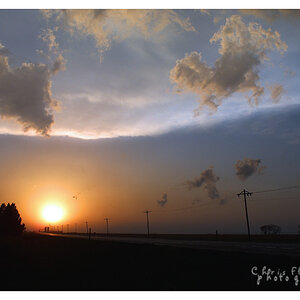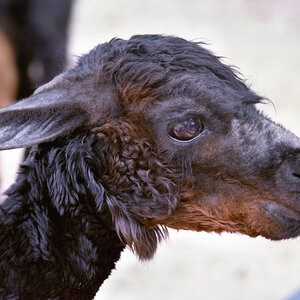- Joined
- Mar 29, 2016
- Messages
- 14,825
- Reaction score
- 8,265
- Can others edit my Photos
- Photos NOT OK to edit
I'll be honest here, I know little to nothing about wb. I've heard it talked about, and I know it's important, I've just fallen back on the camera to take care of it.
Your camera is going to try to interpret the light and adjust to what it thinks will be right. Unfortunately it doesn't work in difficult situations. This is a handy little thing to get in the habit of carrying Vello White Balance Card Set for Digital Photography WB-CS B&H in lieu of this a Styrofoam plate works well.
any image stored as JPEG will have the camera manufacturers algorithms applied to the image. Moving to the next level will require you to save as Raw.You mention RAW format. So I've been storing images as jpg
Do you use an external light meter to determine the light breakdown? How important is it to understand the composition of the light?
Not sure what you mean by light breakdown. I have a light meter that I use occasionally but most of the time I use the camera. However the meter is merely a guide, not the final decision. I take a test shot based on the meter reading, then view the image and histogram. The exposure is adjusted to get the maximum data per the histogram for the shot. If your talking about light "temperature", that's why shooting the target is important, it gives you a known constant, that you can later adjust your images to in post.



 _DSC0266
_DSC0266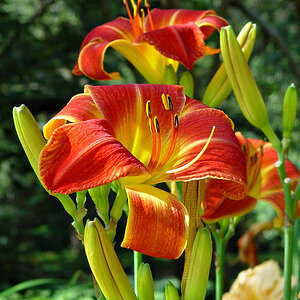
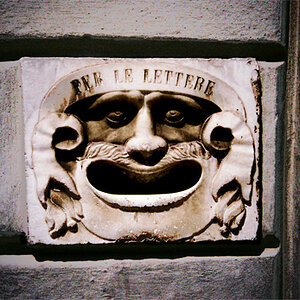

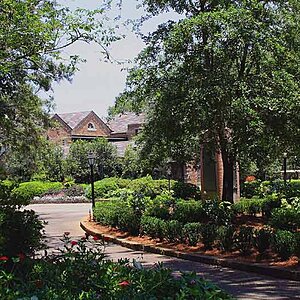
![[No title]](/data/xfmg/thumbnail/32/32007-77c44b6b6edb5db977381096a2ffe54b.jpg?1619735151)
![[No title]](/data/xfmg/thumbnail/32/32006-4103e122cb8d7b8d8e41a423124446b7.jpg?1619735151)
![[No title]](/data/xfmg/thumbnail/32/32005-d13a0bcc56327c42bd32dff4b0776658.jpg?1619735150)
![[No title]](/data/xfmg/thumbnail/36/36644-d48bde7a35945a119c05c18e8c748c27.jpg?1619737671)
![[No title]](/data/xfmg/thumbnail/32/32003-70dfe149c27224e28ba98e975984e01e.jpg?1619735147)
